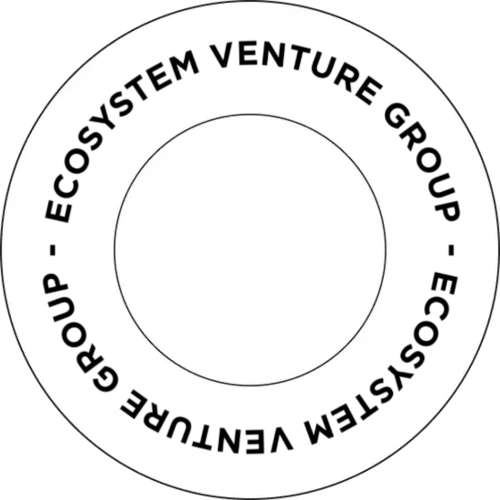Imagine building product-market fit, signing early customers, and landing an enthusiastic Series A. You breathe easier, until the checkbooks tighten and doors close. You’re not failing. You’re stuck. That’s the inflection point known as the “Series B Bottleneck”, a treacherous valley of expectation where early traction hits the harsh realities of scale. It’s a limbo where you’ve demonstrated promise, but haven’t yet delivered scale.
Let’s deep dive into its dangers and how to survive it.
So What Is The Series B Bottleneck Really And Why Does It Matter?
- The Valley of Death’s Second Act
The “Death Valley curve” typically describes early-stage companies that burn through seed capital before meaningful revenues. But mid-stage startups face a more subtle, high-stakes variant, which we are calling the Series B Bottleneck. In this phase, they need to prove not just that the product works, but that the business model scales reliably. That requires repeatable sales, a leadership team, and predictable unit economics. Without those, investors back away even when metrics are decent.
- Lower Odds Even After Series A
Data shows that roughly 35% of companies that close a Series A never raise Series B. In practice, that means only 1 in 3 Series A-backed startups make it to the next stage. Meanwhile, only about 20–23% of seed-funded startups ever get to Series B, even six years post seed-up.
- Extended Runway Doesn’t Solve the Problem
In the past, bridging between rounds took under a year. Today, the gap between Series A and Series B has stretched to 2–2.8 years on average (depending on sector) nearly double what it was just a few years ago. Even industries that once moved quickly (like SaaS) now experience delays. That longer runway increases pressure on performance and reduces the buffer for mistakes.
- Not All Dollars Are Equal
Although middle and late-stage dollars rebounded in 2024, with Series B funding up 17.3% compared to 2023, most of that flow still went to top-tier companies and mega-rounds. The bulk of startups see far less interest, even as dollars overall climb.
Why So Tough? The Mechanics of the Bottleneck
What makes Series B so challenging is that the rules of the game shift dramatically between early and mid-stage funding. At Series A, founders are often rewarded for proving product-market fit, showing early revenue, and painting a vision of market opportunity. By Series B, those proof points aren’t enough. Investors want to see evidence that your business model is replicable at scale, that your operations can withstand growth pressure, and that your leadership team is strong enough to build a real company rather than a founder-led project.
The shift is also narrative-driven. Founders who thrived on telling a story of discovery now have to craft a story of scalability. It’s no longer about the promise of potential but about the mechanics of how you’ll defend market share, expand efficiently, and eventually deliver returns. Many startups stumble here because their storytelling hasn’t matured alongside their metrics.
On top of this, financial discipline comes under a microscope. A burn rate that seemed reasonable at Series A may now raise red flags unless it’s backed by clean unit economics, predictable churn, and customer acquisition efficiency. Investors are wary of businesses that grow revenue without demonstrating sustainable margins.
Finally, market behavior plays a crucial role. Capital tends to concentrate around category leaders, leaving middle-of-the-pack companies struggling to stand out. These dynamics combine to make Series B fundraising one of the toughest hurdles in a company’s growth journey.
The Survival Guide For Series B
Breaking through the bottleneck requires a different mindset than raising earlier rounds. You need to prove that you’ve built not just a promising product, but a repeatable business engine. And that means getting the fundamentals right:
- Build a Real GTM Machine
In addition to the revenue, show how you repetitively acquire customers. Showcase your standardized sales process, data-driven metrics, and scalable pipelines.
- Sharpen Your Story
Investors want to understand why your category matters, why you’re uniquely positioned, and how you’ll build a moated business. Your pitch should transition from promise to proven growth narrative.
- Demonstrate Leadership Depth
Build beyond yourself. Hire experts in sales ops, customer success, finance, and marketing. Show a handoff plan. Investors will know if you aren’t sustainable without institutional strength.
- Prepare for Rigorous Due Diligence
Organized data rooms, clean cap tables, consistent financials, and legal due diligence demonstrate that you operate like a late-stage platform, not a scrappy startup.
- Control the Burn, But Show Ambition
You must hit growth milestones without reckless burn. Clean CAC: LTV ratios, disciplined operations, and a path to profitability or eventual capital efficiency.
Final Thoughts: Turning the Bottleneck into a Bridge
The Series B bottleneck is a trial of leadership resolve, strategic focus, and operational clarity. It demands more than a great product or early customers. It demands a repeatable business, a story of defensibility, and the organizational chops to keep accelerating under pressure.
Treat it as a new beginning, not a conclusion. Get your data in order, assemble the right team, sharpen the narrative, and spend thoughtfully. And that’s how you can turn the bottleneck into a bridge.




